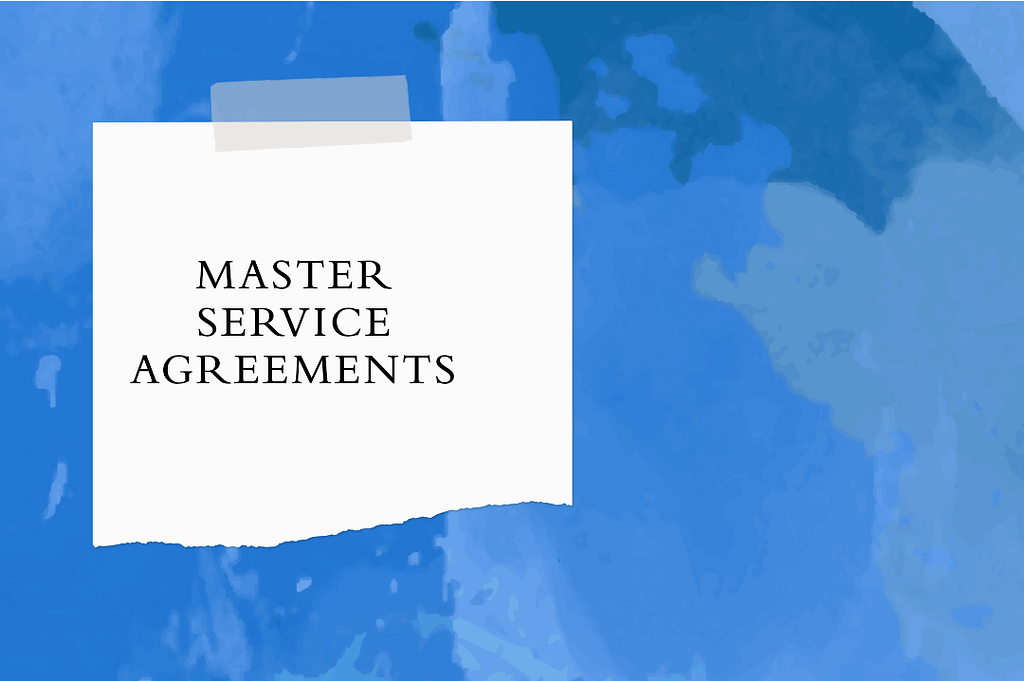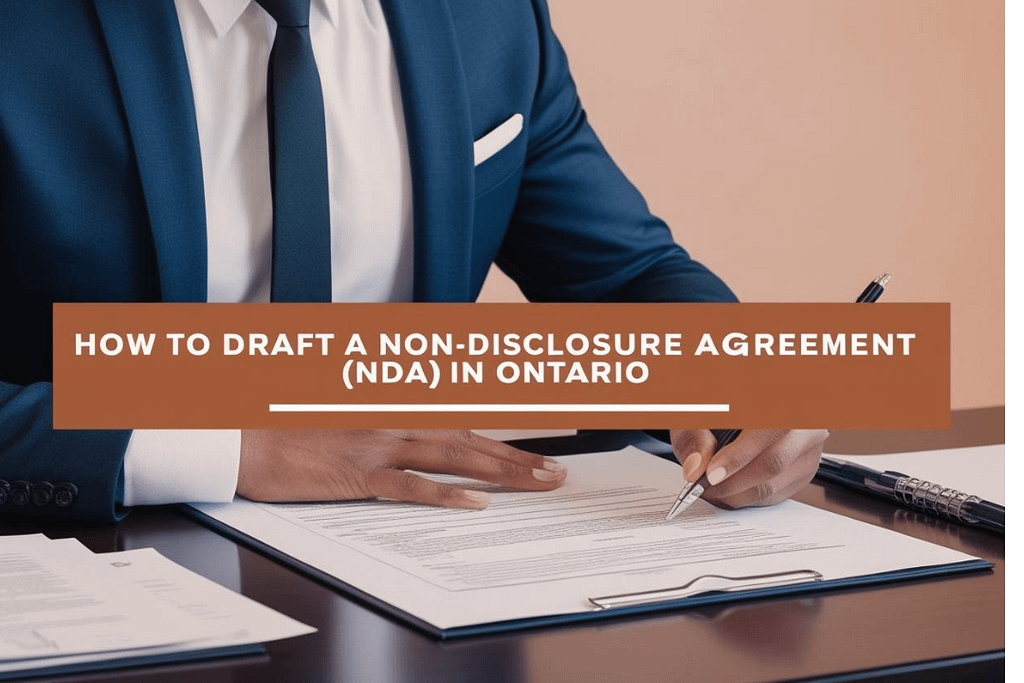Key Takeaways
- The most valuable asset of a start-up is its IP, be it software, a patent or a brand. Its preservation and prudent utilization are the difference between flourishing and crumbling.
- IP licensing agreements allow you to retain ownership and earn money by giving other people the right to use your intellectual property under definite conditions.
- Key clauses matter– including who owns the IP, how it can be used, where and for how long, payment structures, quality control standards, and what happens if the deal ends.
- Licensing is a process, not just a contract– from proving ownership, valuing your IP, negotiating terms, and drafting the agreement to monitoring performance and planning renewals.
- Common pitfalls can cost start-ups dearly– vague terms, missing payment definitions, ignoring territorial limits, and weak enforcement provisions can lead to disputes or revenue loss.
- The advantages of licensing are significant, such as revenue creation, risk distribution, expansion into new markets and attracting investors via demonstration of your IP working in real life.
- Professional advice is essential- skilled attorneys will be able to assist you in drafting a reasonable, enforceable contract, dealing with conflict prevention and planning licensing according to your business objectives.
Introduction
The intellectual property (IP) is usually one of the most valuable assets of a start-up. It is either a proprietary software environment, patented product, or a unique brand image; securing and capitalizing on IP can make the difference between a business that endures and performs successfully over the long term versus one that fails. Intellectual property agreements, especially licensing agreements, are among the most effective tools that a start-up can use in order to monetize and increase insights into its innovations.
Start-ups often face challenges in understanding the nuances of licensing, from defining the scope of rights to ensuring compliance with legal and commercial standards. At Pacific Legal, we recognize these complexities and provide comprehensive guidance to help founders navigate agreements that align with their growth objectives and strategic goals.
Collaborating with Pacific Legal support start-ups with the help of qualified professionals who can assist in organizing agreements, finding the middle ground and creating structures of monitoring and compliance. Taking early legal assistance helps with the safeguarding of intellectual property and assists companies in utilizing its benefits towards long-term business expansion and sustainable development of the business.
What is an IP Licensing Agreement?
An IP licensing agreement is a contract in which an owner of an intellectual property gives another party permission to utilize the intellectual property rights in exchange for payment or other gains. Whereas ownership of the IP is transferred permanently under an IP assignment agreement, licensing keeps ownership in the hands of the licensor but refers to the use of the IP by the licensee on specific conditions.
As an illustration, a start-up working on the creation of a unique mobile app can sign a software licensing agreement with another business where the latter will distribute the app in exchange for royalties. This allows the start-up to make money without losing control of how it creates.
The Supreme Court of Canada has also addressed issues surrounding licensing in Euro-Excellence Inc. v. Kraft Canada Inc., 2007 SCC 37 (CANLII), where the Court examined copyright licensing and the rights of exclusive licensees. This case highlights how the structure of a licensing agreement can affect the scope of rights and enforcement options available to the parties.
Key Clauses in IP Licensing Agreements Start-ups Must Know
When you license your intellectual property (IP), the agreement is more than a piece of paper; it is a map that shows what you allow, for how long, and under what conditions. If you leave parts of that map blank or vague, you could end up in trouble. Below are the most important clauses:
1. Identifying the Parties & Ownership
The agreement should clearly say who is licensing the IP (licensor), who is receiving the rights (licensee), and prove that the licensor actually owns or controls the IP. For example, if GT Co. wants to license its renewable energy patent, the agreement must state that GT Co. holds a valid patent registration. If, instead, the inventor has sold rights to another party, that must be disclosed. Without this, the licensee may later discover someone else claims ownership.
2. Scope of License / Permitted Use
This clause defines exactly what uses are allowed, such as internal use, commercial sale, modification, or sublicensing. It also specifies whether the license is exclusive, non-exclusive, or sole. Let’s consider a situation where you build a software tool that helps farmers predict the weather. You might allow one company to integrate it into their hardware devices on an exclusive basis in that field, while letting others use it for mobile apps on a non-exclusive basis. This clarity prevents misuse, such as the company using your software to build competing products outside the agreed-upon use.
3. Territory & Duration
This part sets out where in the world the license applies and for how long, and whether there are options to renew. For example, if you license your eco-packaging design for Canada for three years, then after that term, you may renegotiate or license elsewhere. If you do not set limits, the licensee might assume indefinite or global rights.
4. Financial Terms (Royalties, Fees, Milestones)
This clause explains how and when you get paid. The payment may be in the form of upfront payments, sales-based royalty, minimum payments or milestone payments. It also determines the payments made on the basis of net sales or gross revenues. We can take the example of a textile start-up that licenses its pattern to a fashion manufacturer. They settle on a 6% royalty on net sales and a payment of $5,000 when the orders are above 5,000 units. If “net sales” is not defined, the manufacturer might deduct costs unfairly, reducing what you receive.
5. Quality Control / Usage Restrictions
This provision includes requirements on how the IP can be used so your brand or product is not damaged. Restrictions might include approval rights, bans on reverse engineering, restrictions on sublicensing, and requirements to maintain standards. For example, if your start-up’s brand name is licensed onto clothing, you may require that fabric quality, stitching, logo placement, and packaging all meet your standards. If the licensee produces low-quality goods, it may harm your reputation.
6. Warranties, Representations & Indemnification
These are statements by the licensor about what promises they are making, such as ownership of the IP and that it does not infringe third-party rights. It also defines who is responsible if a third party sues for IP infringement. Let’s consider a case where XY claims no one else has patented their technology, but later a third party claims infringement. The warranty ensures XY may have to compensate or defend the licensee.
7. Termination & Renewal
This section explains under what conditions the license can be ended early, what happens at expiry, whether there is a renewal option, and how the parties handle post-termination rights, such as returning or ceasing usage of the IP. For example, if a licensee fails to pay royalties for two consecutive periods and you have given notice, you should have the right to end the contract. After termination, the licensee must stop manufacturing or distributing and destroy or return any materials.
8. Dispute Resolution & Governing Law
This clause states what happens if there is a disagreement. It explains whether mediation or arbitration is required first, which law applies, and which Court or region has authority. Consider a case where your company in Ontario licenses to a partner in another province or country. The contract might say disputes are resolved through arbitration in Toronto under Ontario law, avoiding confusion over which Courts or laws apply.
IP Licensing Process
Licensing does not merely mean signing on the dotted line; it is a process which has various steps, and each step is significant to safeguard your rights and establish a just business deal. Imagine it to be the formation of a partnership. You begin by establishing ownership, then you write down the rules, make them clear and ensure that both parties are aware of their responsibility. Licensing is normally done through a series of major steps, all of which need thorough planning and proper management throughout in order to be as effective as possible:
1. Preliminary Review & Defining What You Own
Before granting a license, you need to be certain that you truly own or control the intellectual property. This means keeping proof such as registrations, applications, or contracts, and checking that no former partners or co-founders still hold rights you have not cleared. Let’s consider a situation where you co-created a software tool with a friend who later left. You must confirm in writing whether you have their consent or ownership rights before licensing it.
2. Assessing Value & Risks
After the ownership is ascertained, the second thing is to identify the commercial value and risks. This is through examination of market size, competition and precedent of other similar licensing transactions. You should also consider that there is a possibility of a licensee abusing your brand or damaging your reputation. As an example, a start-up with a distinctive logo would want to ensure that a clothing company that is interested in the license has a strong track record. In the case that the company manufactures inferior goods, this might spoil the brand image of the start-up.
3. Negotiation Phase
Negotiation covers the fine details such as scope, territory, royalties, quality rules, and warranties. Comparing with industry standards helps ensure fair terms. Consider a Canadian toy company that wants exclusive rights to your cartoon character in North America. You may set a higher royalty than you would for a non-exclusive arrangement.
4. Drafting the Written Agreement
The contract must clearly state all the terms of negotiation. Avoid ambiguous statements like being reasonable when it is not explained, and make any verbal promise that is made clear. By way of an example, in the event the licensee agreed to pay for an annual advertising campaign, such a commitment should be part of the contract.
5. Legal, Regulatory & Tax Due Diligence
All the agreements have to comply with laws and tax regulations. This involves verifying privacy regulations, export regulations, competition regulations and awareness of who pays withholding tax on royalties in the event of cross-border transactions. Suppose your Canadian start-up is being licensed to a U.S. company. Failure to consider withholding tax in your contract may result in loss of part of your revenue to U.S. tax deductions.
6. Execution & Implementation
Once they have signed, both parties should understand their responsibilities, including payment dates, reporting templates, audit rights and quality controls. Performance and deadline tracking systems to be in place. As an example, when the licensee is required to submit quarterly reports on the sales, one can develop a standard format and strict deadlines in order to prevent any disagreements.
7. Ongoing Management
A licensing deal is not something you sign and forget. You must monitor reports, review performance, and make sure minimum commitments are met. Let’s take an example of a situation where royalties are less than an agreed level. You are able to move hastily to renegotiate or impose conditions instead of allowing issues to escalate.
8. Renewals & Termination Preparedness
The final step is to strategize on renewal and the eventual expiry of the license. This encompasses termination of sales, giving back confidential information and taking your brand off the gadgets of the licensee. For example, if your eco-friendly packaging design license ends, the licensee must stop using it immediately to prevent confusion or misuse.
The issue of licensing should be treated as a strategic process and not as a transaction. When successfully handled, the licensing process results in more than just IP protection; it also leads to the creation of sustainable relationships, recurring revenue, brand development, and long-term business growth and innovation.
Benefits of IP Licensing for Start-ups
For start-ups, licensing can be more than just a legal tool; it can be the key to faster growth, bigger opportunities, and better focus. Instead of reading like a checklist, let’s look at how licensing really works for a young company trying to make its mark.
1. Revenue Generation
Licensing gives a start-up a way to make money without building a huge sales or manufacturing operation from scratch. Take an example of a small software company licensing its technology to a larger company in the market. The monthly royalties would be able to cover the salaries of new developers, accelerate the release of products, or provide that additional feature that the market has been desperately waiting for..
2. Market Expansion
There are numerous start-ups which would like to access customers beyond the city or country, but they lack networks. Licensing opens that door. Picture a Canadian eco-packaging start-up teaming up with a European distributor. Suddenly, its products are sitting on supermarket shelves overseas—without the founders having to open an office abroad or manage foreign logistics.
3. Risk Sharing
Launching a product on your own can be expensive and risky. By licensing your IP, you share that risk with your licensee. If sales are slow at first, you’re not the only one carrying the cost. For a cash-strapped business, this can mean the difference between surviving and shutting down.
4. Brand Recognition
When you are a small company, making your name known is difficult. With a licensing deal, you can introduce your brand to thousands of new customers overnight. In practice, a start-up can not only make royalties when a more established retailer licenses its design, but also gain the reputation of being linked with a reliable brand.
5. Focus on Core Strengths
Most founders wear many hats, but they can’t do it all. Licensing enables them to concentrate on their core business, which is creating, innovating and enhancing their product and leave the marketing, sales and distribution to a partner. This keeps the team on track and does not waste resources on areas in which they are not knowledgeable.
6. Attracting Partnerships and Funding
Investors like proof. A signed licensing agreement shows that your intellectual property has real value in the marketplace. That can open the door to more partnerships, venture capital funding, or collaborations that help the business grow even faster.
Take the technology industry as an example. Many small firms license their patents to large corporations, collecting steady royalties that fund new inventions. This cycle of innovation and growth allows them to scale quickly without giving up control of their company.
Canadian Courts have recognized the value of licensing as a growth tool. In York University v. Canadian Copyright Licensing Agency (Access Copyright), 2021 SCC 32 (CANLII), the Supreme Court of Canada reaffirmed that a collective licensing tariff is not a necessity: the user is never coerced into signing a licensing agreement. This ruling underscores the need to regulate licensing set-ups in a thorough manner and the voluntary nature of the same. It substantiates the importance of start-ups to make sure that licensing conditions are transparent, reasonable and voluntary to prevent enforcement problems.
Difference Between IP Assignment and IP Licensing?
Ownership is what forms the foundation of the distinction between the IP assignment agreement and the licensing agreement. In an assignment, the assignee gains all rights to enforce the IP and commercialize the IP on a permanent basis, even though the original owner also retains that right. On the other hand, licensing allows the owner to retain rights but with limited rights to be used as specified by agreed and accepted terms and conditions.
For instance, a start-up may assign a patent outright to an investor for a lump sum, thereby giving up all future control and potential revenue from that invention. Conversely, through licensing, it can grant usage rights to multiple companies while maintaining ownership and benefiting from ongoing royalties.
Canadian Courts have also emphasized this difference. In Apotex Inc. v. Sanofi-Synthelabo Canada Inc., 2008 SCC 61 (CANLII), the Supreme Court of Canada not only clarified the main principles of patent law, such as novelty and obviousness, but also pointed out how the control over the exploitation of IP can vary based on whether the rights are sold by ownership or only partly by licensing. This demonstrates why it is important to make agreements very well structured.
Such a distinction is essential as an assignment can negate future streams of income and control, whereas licensing can be monetized over time, flexible and with wider market policies.
Common Pitfalls to Avoid in IP Licensing
Start-ups often encounter challenges such as:
1. Excessively Vague or Specific Terms: Not specifying the scope may result in conflicts and even litigation, particularly when the licensee may use the scope beyond the intended limits.
2. Poor Royalty Structures: The confusion caused by the imprecision in the terms of payment, timing or calculation can lead to disputes and revenue loss.
3. Failure to acknowledge Territorial restrictions: Failure to clearly state territories can result in overlaps, competition or even conflicts with other licensees in various regions.
4. Weak Enforcement Mechanisms: The absence of well-developed mechanisms of audits, monitoring, and remedies of breach means that licensors are likely to lose control over their IP and destroy their market standing.
5. Absence of Termination and Renewal Clauses: Not having an exit strategy or the ability to negotiate renewal may lead to a conflict or loss of rights when it is needed the most.
6. Failure to comply with Regulatory Compliance: When the related laws, export regulations or industry-specific conditions are not taken into consideration, certain aspects of the agreement might not be enforceable.
An agreement that is well-drafted can help to prevent all these pitfalls by planning ahead of the possible conflicts, giving clear solutions to them and ensuring there are structured procedures of monitoring and enforcement of the agreement to protect the IP of the licensor and the business association between the licensor and the licensee.
How Pacific Legal Can Help in IP Licensing & Commercialization
At Pacific Legal, we play a pivotal role in supporting start-ups and businesses throughout the licensing journey. Our team assists in:
- Recognizing and moulding licensing strategies that were consistent with commercialization objectives.
- Writing out simple and legally binding contracts that fit the specific business model of the client.
- Getting terms that will provide a fair balance of interests between the licensors and the licensees.
- Advising on the regulatory compliance, cross-border, and industry-specific standards.
- Protecting clients in terms of infringement, unauthorized use and possible disputes.
We provide hands-on guidance at every stage of the process, ensuring that our clients not only protect their intellectual property but also unlock its full commercial potential. Book a consultation with us now for licensing agreement.








